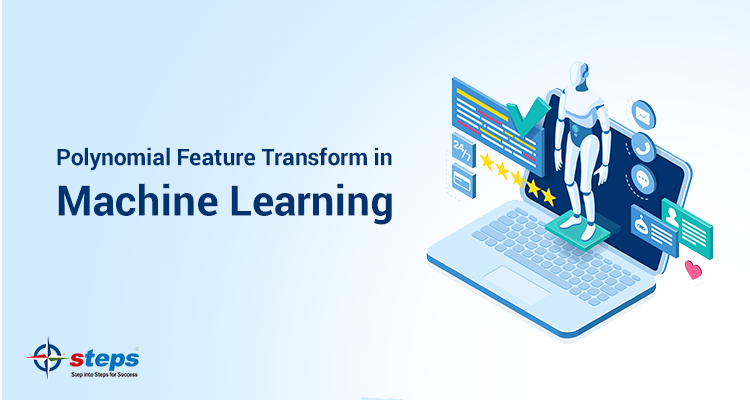Polynomial Feature Transform in Machine Learning

Linear regression is used to study the relationship that is linear in nature between a dependent variable (Y) and one or more independent variables (X). This linearity in relationship between the dependent and independent variables is actually an assumption of the model.
Linear regression has linear model parameter relationship and adding polynomial terms to the model is an effective way of allowing the model to identify non – linear patterns. Polynomial regression extends the linear model by adding extra predictors, which is obtained by raising each of the original predictors to a particular power e.g., a cubic regression uses three variables, X, X2, and X3, as predictors. This method provides a simpler way to provide a non-linear fit to data.
Usually, the input features for a predictive modeling task behave in unexpected and nonlinear ways. These behaviours can be identified and modeled by a learning algorithm. Another way is to engineer new features that expose these interactions and see if they improve model performance.

Polynomial features are features created by raising existing features or variable to an exponent. Imagine, if a dataset had one input feature X, then a polynomial feature would be the addition of a new feature (column) where values were calculated by squaring the values in X, e.g. X^2. This process can be repeated for each input variable in the dataset, thus creating a transformed version of each feature.
Polynomial feature Transformation is a type of feature engineering that is by the creation of new input features based on the already existing features. The degree of the polynomial is used so as to control the number of features added. When a degree of 3 is used, it will add two new variables for each input variable. Usually, a small degree is used such as 2 or 3. In case of values greater than 3 or 4, the polynomial curve can become overly flexible and can take on some much distorted shapes.
Having a strong base in both machine learning and artificial intelligence is required to make oneself capable to stand in today’s industry. With many institutions providing Artificial Intelligence training, having a strong base and skill isn’t much difficult. Process the best results with institutions that guides you right. Start your Career with the best Python training in Kochi and eventually become masters.



